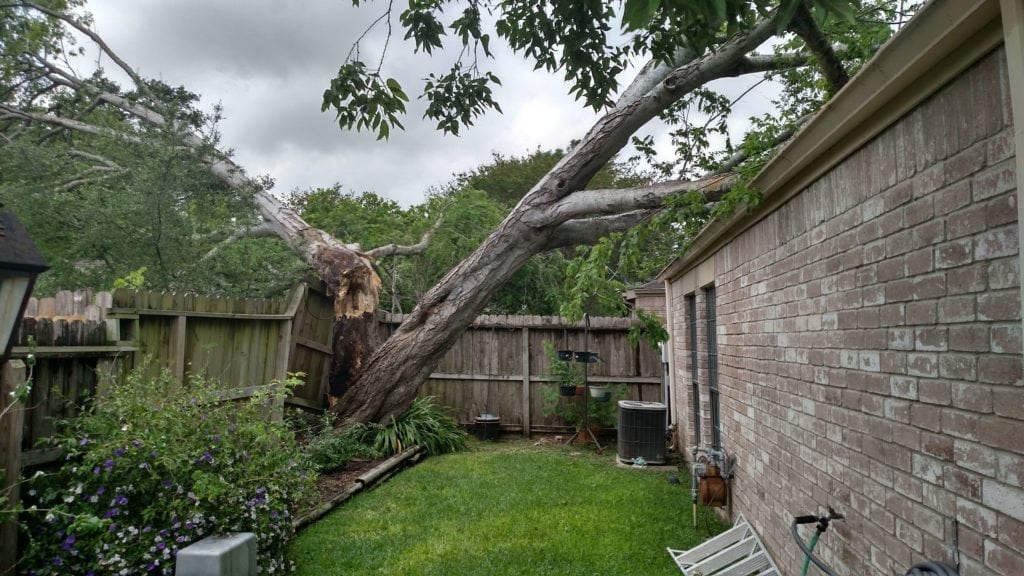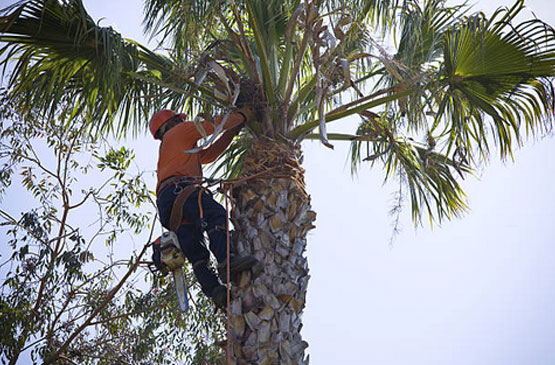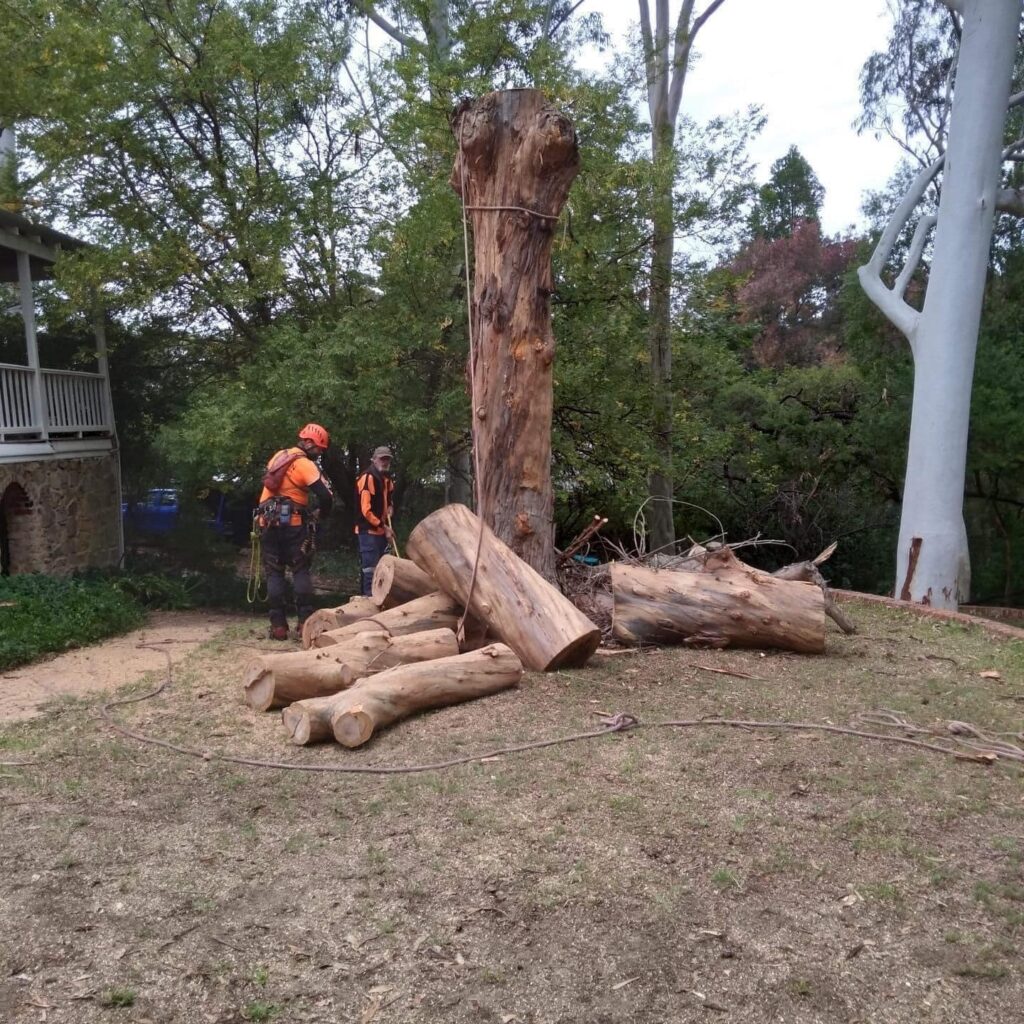
Trees enhance our yards with beauty, fresh air, erosion control, and shade. However, there are instances when trees can pose a danger. Although rare, tree-related hazards do occur. A prudent homeowner remains vigilant for signs of trouble and seeks assistance when needed.
Today, we’re going to talk about some of the times when trees can create trouble.
Electrical danger
When tree branches tangle with electrical branches, it’s trouble 100% of the time. Always call a professional tree service in the event power lines are involved, whether it’s due to growth, or caused by a tree or branch falling during a storm. If the tangle is caused by a storm, tree trimming will have to be coordinated with the electric company since the power may have to be shut off until the branches or tree have been safely removed.
Storm Damage
If a branch or an entire tree is compromised by storm damage, give us a call. We can remove the tree or dangerous branch before it becomes a safety issue. It’s essential not to just leave it, just in case it falls, which could easily happen, especially if there is another storm on the heels of the one which caused the damage.
Death
A dead or dying tree is an impending hazard.
Sometimes, trees die. Regardless of the cause, a homeowner will want a tree expert, not only to remove the dead tree safely, but also to determine if it’s something which could spread to the other plant material. When a tree dies, the roots also die, and since the roots are the anchor which holds a tree in the ground, a lack of roots can make a tree unstable. A dead tree can fall in any direction, with or without the aid of a storm. Even a small tree can be dangerous, since it can fall and hurt someone or cause an enormous amount of damage to a home or automobile. Be safe: have dead trees removed immediately.
If a tree on your property, or partially on your property, has become a hazard, contact a local tree service. They would love to hear from you and come out to make an assessment and recommendation based on your situation, as they are the solution for all your tree needs.
https://youtu.be/N9sqCTPURdo?si=Xj9PB3MVu-box8__

